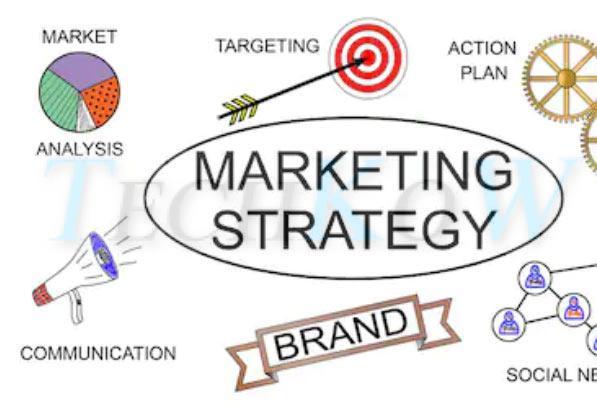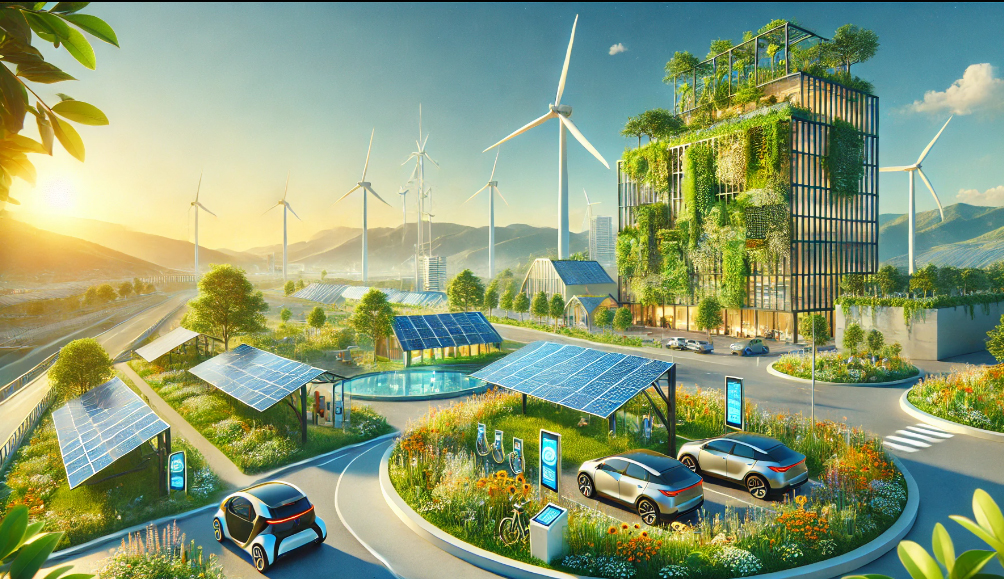To say it in a few words, web design means planning, creating and updating websites. It also involves website structure, informational architecture, user interface, website layout, contrast, colors, fonts, and much more. It sounds a little complex and it seems like way too much work, but once you get the ball rolling, the process just keeps on evolving.
The basics of Website Design
Nowadays, in the informational age we live in, every business needs a website, even the small ones. It is not necessary for a great looking, appealing website to cost thousands of dollars, because with some basic tips and the right tools anybody can create a unique, attractive internet site. So join me on the journey, where I will do my best to walk you through the basics of Do-It-Yourself web design, and try to keep you from making some of the most common mistakes.
-
Identify the objective
This is the first step you need to take. Here, you, as the designer, have to identify the site’s final objective, so ask yourself these few questions to help sort some things out;
- What audience are you targeting?
- What do they hope to find on the site?
- Is your website aiming to sell, amuse or to inform people?
- Are there any competitor websites, and what can you do different to reach out more than they do?
- Do you need your site to clearly deliver the brand’s message, is it just o part of a much wider marketing strategy, or are you merely running an informational blog for a specific audience?
Brainstorm on these questions for a bit, because this is the most important part of any website design process. Make sure you have explicit answers or the whole project can steer in the wrong direction right at the very beginning. Write down the goals you have in mind, slowly connect the dots, make sure you really understand the audience you are targeting and develop a working knowledge of your competition. Doing so, you are off to a great start.
-
Timeline visualization
One of the most common and burdensome problems affecting a web design project is changing the needs and essentials along the way towards your goal. As you move forwards, you will want to evolve, expand and make changes during the design process, and the next thing you know, you are not only designing a website, but also emails, apps and pushing notifications. You have to keep your project’s process from derailing or you soon you will have way too much things hanging over your head, which can easily cause the project to fail completely. Keep it realistic, create a timeline of the whole project, and stick to it. Sort out your priorities, can additionally make any features, once the primary goal has been reached.
-
Create a sitemap and a wireframe
You probably would not build a house without a blueprint, right? Building a website without a sitemap is similar to that; a sitemap provides you with the foundations for a well-designed internet site, it gives you a very clear idea of the site’s information structure and it explains the correlations between the different pages and content elements. Write it down, put it on a paper, anything that can help you to see clearly how the connections are going to work with each other.
Once you have your ‘’blueprint’’ for the website, it is time to build a wireframe. A wireframe is a skeletal, three-dimensional model that serves a visual guide of the website’s framework; it is created for the reason of arranging elements to accomplish a particular purpose. This can help you identify any potential challenges and gaps with the sitemap, and even though a wireframe does not actually contain any final design elements, it does act like a guide for the website’s ultimate appearance. There are many tools that can help you make a wireframe and a sitemap, you just need to find one that is to your liking.
-
Create content
When you are done with the framework of your website, you can focus on the most important aspect of your site: writing material.
The content of your internet site is what engages the visitors and steers them toward any necessary action to fulfill the objective of the site (purchase something, find a useful information and share it forward, leave a comment…). For the visitors to be capturedby your material, there are two things you have to take care of: the material should be well-written and engaging, and presented in an appealing and legible way nice typography, structural elements). Cold, overlong, monotonous texts rarely keep the readers’ attention for very long, while shorter, catchy and intriguing material pulls them in and gets them to click through other pages of your site. If your website requires a whole lot of content (like they usually do), use the trick where you ‘’chop’’ that article into shorter paragraphs with some visuals (pictures, images, even gifs, anything appropriate to the content). This can bring some lightness to the flow and the readers do not feel like they are compelled to read just a bunch of lifeless sentences.
The next thing you have to be aware of, when it comes to writing material, is that your content can boost the website’s visibility for the search engines, meaning, that the more effort you put into your content, the higher your site will rank on the Search Engine Result Pages. To achieve that, you need to do a proper Search Engine Optimization (SEO). If you want your internet site to be successful, it is essential to get your keywords and key phrases right. Think about what your targeted audience might search for, and use those phrases and keywords in your content. But be careful not to overdo it or the search engine can penalize you, and use them naturally, like they belong in the text, don’t just randomly place them anywhere in order to get more ‘’hits’’, because it will not work.
Material that is well-written, helpful to the users and includes rich keywords is much more likely to be picked by the search engines, which makes your website easier to find.
-
Visual components of the website
Yes, it is finally time to create the visual style for your site. This is the part of the web design, where the branding elements, logos and making color choices take place. The visual design of the site has to give a professional feel, and at the same time it has to communicate a certain message, help build trust, and let’s not forget about being mobile-friendly, as a lot of people are the consumers of a variety of mobile devices.
We are all very aware of the fact, that most people are very visual personas, and creating an alluring, pleasant visual content in known to increase clicks, engagement, and therefore, income. Images make a page feel less awkward and much easier to digest, and the also boost the message you are implying with the text. A picture can be worth a thousand words, and in some cases one image can convey a vital message without having to read the text.
It is recommended to use fresh images, something that is not already spread across the internet; use a professional photographer or play with some software to realize any ideas you might have. Just keep in mind, that massive, stunning pictures can immensely slow down a website. Use a tool to compress the images without losing quality and a lot of page-load time will be saved.
Remember, the visual design is a great way to communicate with and to charm the website visitors; if you do it the right way, it can determine the site’s success, but do it wrong, and suddenly you are just another web address.
-
Trial run
Now that you have all the visuals and material, you are ready for testing. What you need to do is thoroughly test every page of your website to make sure all the links are working properly, and that the site loads flawlessly on all the devices and browsers. Error can occur, due to small coding mistakes, and although it is often a big pain to locate and fix them, it is better to do that now, than to present a broken internet site to the public.
Take another look at the meta titles and descriptions, because even the very order of the words in a meta title can affect the performance of the page on the search engines.
-
Launch the site
After every detail has been thoroughly tested, and you are happy with the website, it is time to launch. Try not to expect everything to go perfectly, there may still be a few components that need some touching up, but that is just a part of the whole process; website design is an ongoing operation that requires constant maintenance. Once the website is released into the public, you can regularly run user testing on new material and features, keep an eye on analytics, and refine your implication.
As I stated earlier, these are the basics of web design. There is more than one approach, and here I provided you with a better insight with the whole process.
What is PHP and what does it do?
Well, first I have to mention HTML, because it is more commonly known and it will help you to understand PHP. HTML is a markup language; these languages are the foundation of the web, they were there when it all started, when internet sites were nothing else but static pages with text and minimum formatting. And PHP is a server-side scripting language; these languages build the software behind your website, they are the thing that provides a smooth experience for the user that is as close to a desktop application as it can be.
Both languages were created with the web clearly in mind, and together they are two of the most ever-present building blocks on the internet, and they make dynamic sites possible.
As mentioned earlier, PHP is mostly focused onserver-side scripting, which means you can do anything any other CGI program can do, like collect form data or generate a dynamic page content. But that is certainly not all that PHP can do. There are three principal areas where PHP scripts are commonly used:
- Server-side scripting; this is the main target field for PHP.
- Command line scripting;you can make the PHP script to run without any browser or server.
- Writing desktop applications; PHP might not be the best language to create a desktop application, but if you do know it very well, you are welcome to use the more advanced features of PHP and write such programs.
With PHP you have the absolute freedom to choose any operating system (even Linux) and web server, and you are not bound to output HTML; the abilities of PHP include images, pdf files and videos output, as well as easily outputting any type of text. And one of the strongest, and most significant features, of PHP is the support of an extensive range of databases.
Final thoughts on Web Designing
Maybe it all sounds extremely complex, or maybe you know a different approach to website designing that includes other factors. But either way, the process can be a little frustrating, especially if you are a beginner and all of this does not make much sense. It really is possible to create a great internet site, that fills the criteria of search engines, your targeted audience and your expectations, you just need a plan. Once the plan is put into motion, the things can move forward quite quickly.
And if you are in the fog about PHP and HTML, or about anything else for that matter, you are at the right place. If you need a great website design, executed with PHP, just contact us. We will provide you with a unique site for an extremely reasonable price. So do not be afraid to send us an email; we will respond as soon as humanly possible.




